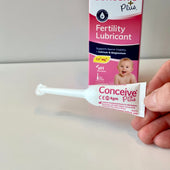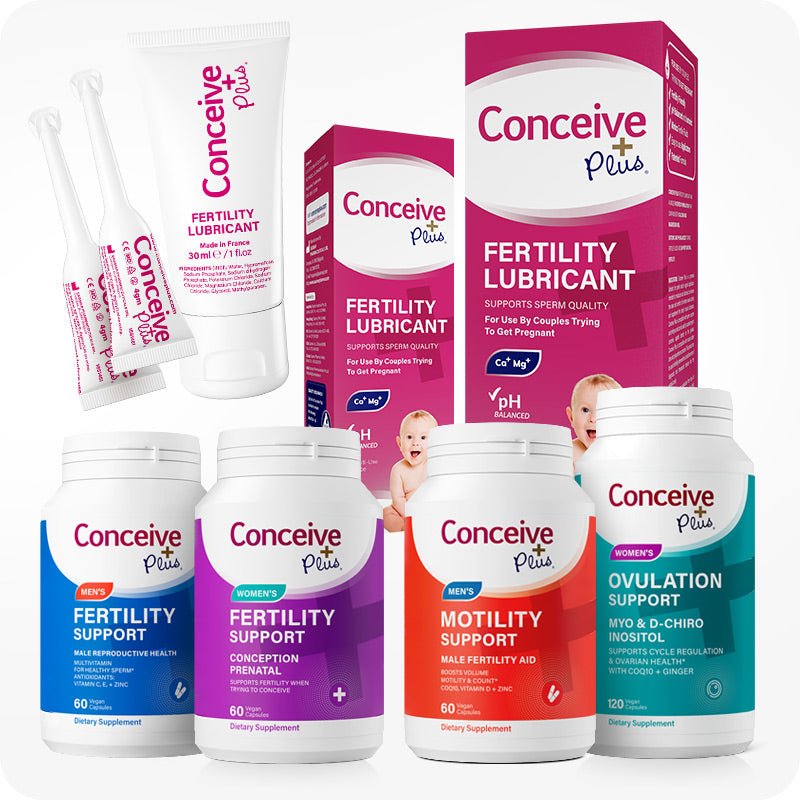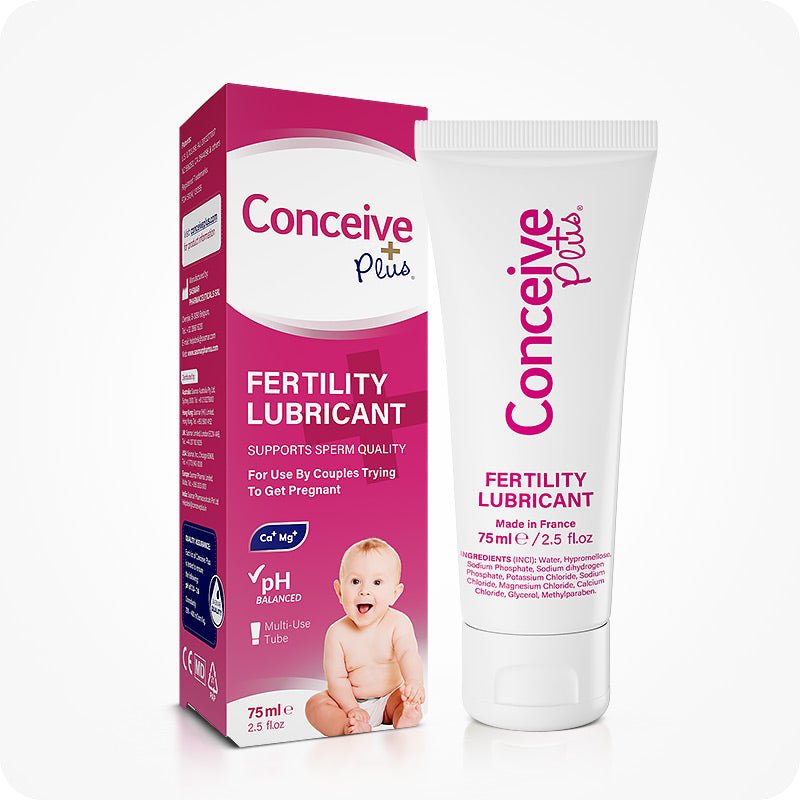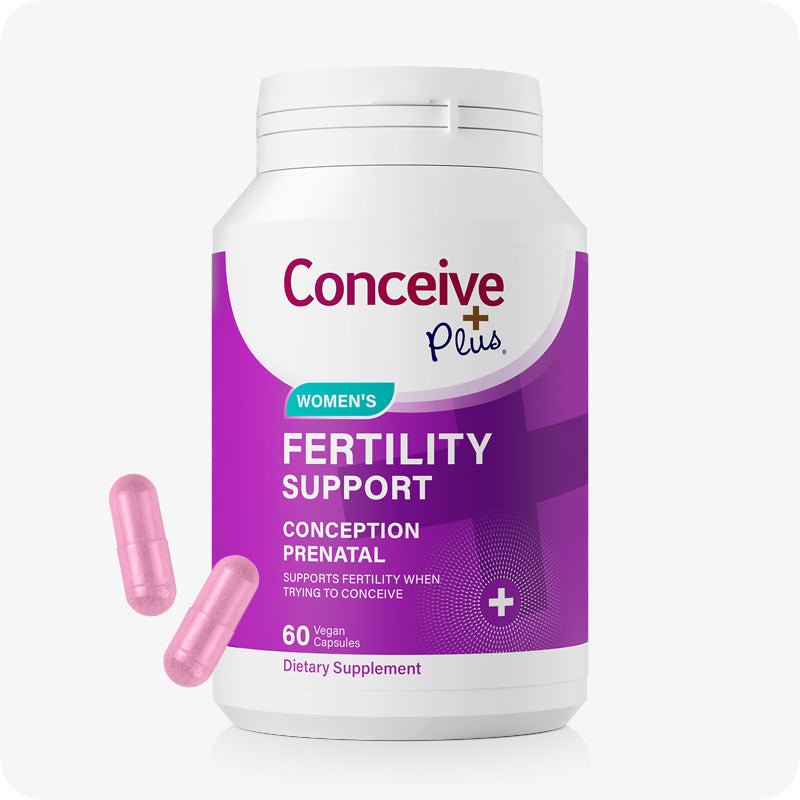Cervical Fluid Types and Role in Reproduction and Fertility
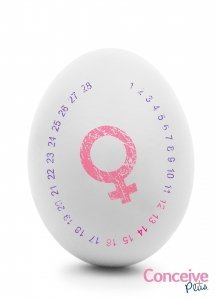
Cervical Fluid, also known as cervical mucus, is the fluid produced by the crypts of the cervix during a woman’s menstrual cycle. Throughout the menstrual cycle, the cervical fluid is changing as a response to ovarian hormones and it is observable at the cervix or as it passes into the vagina.
The Role of Cervical Fluid in Reproduction and Fertility Charts
Cervical fluid plays an important role in reproduction and also in fertility charts. In reproduction, the main function of cervical fluid is similar to that of the sperm. The survival of sperm and its migration after intercourse is important for reproduction, as the intercourse rarely coincides with ovulation. The success of fertilization is influenced by the storage and constant release of sperm to the female’s upper reproductive tract around her ovulation time. Additionally, the increased cervical fluid is responsible for an increased libido and it also produces lubrication, so that the intercourse becomes more comfortable and pleasurable.
Identifying and Recognizing the Different Cervical Fluid Types in Correlation with the Fertility Status
Examining your cervical fluid may help you determine your fertility status easier. For this, you need to observe the changes that happen with the cervical fluid during your menstrual cycle. There are basically five different types of cervical fluids, as follows:
- Dry – in this type, you are probably not fertile
- Sticky – also probably not fertile
- Creamy – now you are possibly fertile
- Watery – now you are fertile
- “Egg white” – now you are the most fertile
At the beginning of your menstrual cycle and after the ovulation, you are not fertile, and your cervical fluid is dry and scant or sticky, thus cannot be penetrated by sperm. As soon as the presence of estrogen in your body increases and your ovulation approaches, the production of cervical fluid amounts increases and the fluid becomes thin, stretchy, watery and egg-white, which means it becomes receptive to sperm penetration. The cervical fluid referred to as “egg white” is the most fertile, as it allows sperm to penetrate. When your cervical fluid is egg white, sperm can be nourished and transported within your reproductive tract. The cervical fluid is observed in the most fertile days, right before ovulation and it quickly dries up after ovulation.
Conclusions
Usually, ovulation occurs on the last day when egg-white cervical fluid is observed, although this can vary. Observing your cervical fluid can help you determine the time when your ovulation is approaching and thus allows you to determine when you are most fertile. You can also use the free ovulation calendar by Conceive Plus.



